Philip Smith
An Application of Large Language Models to Coding Negotiation Transcripts
Jul 18, 2024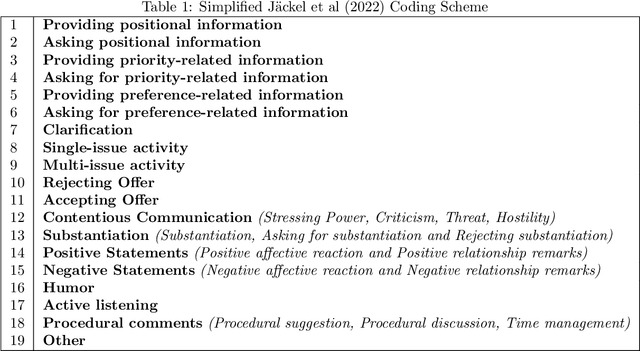
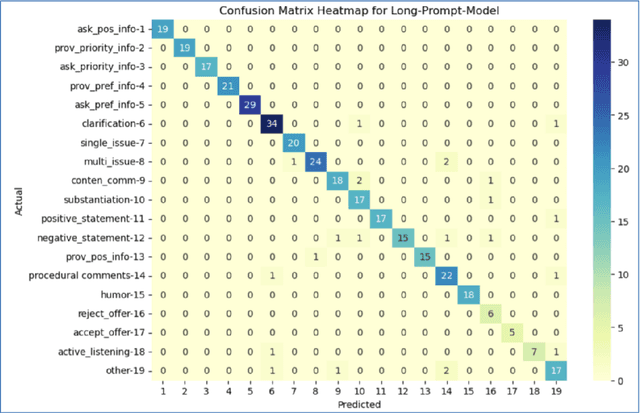
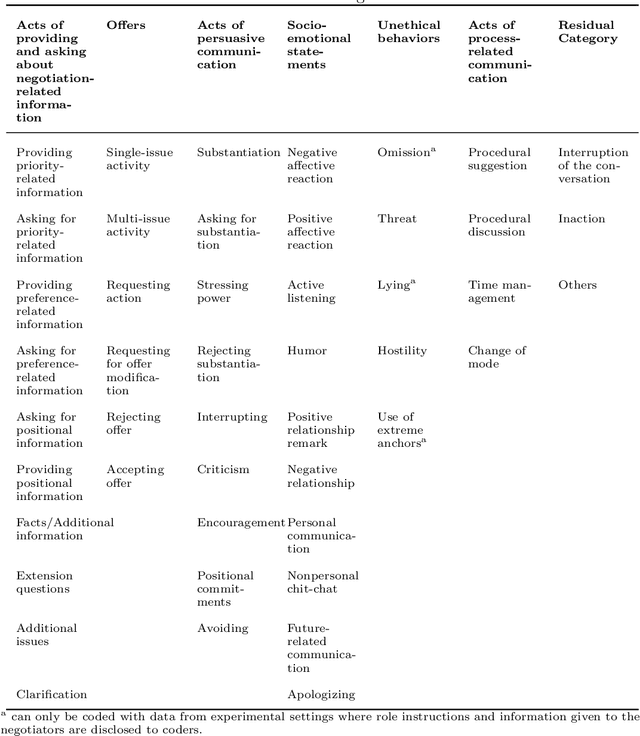
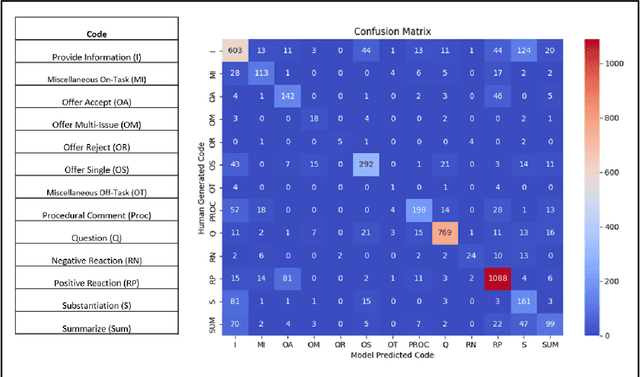
Abstract:In recent years, Large Language Models (LLM) have demonstrated impressive capabilities in the field of natural language processing (NLP). This paper explores the application of LLMs in negotiation transcript analysis by the Vanderbilt AI Negotiation Lab. Starting in September 2022, we applied multiple strategies using LLMs from zero shot learning to fine tuning models to in-context learning). The final strategy we developed is explained, along with how to access and use the model. This study provides a sense of both the opportunities and roadblocks for the implementation of LLMs in real life applications and offers a model for how LLMs can be applied to coding in other fields.
Resolution-independent meshes of super pixels
Nov 01, 2019
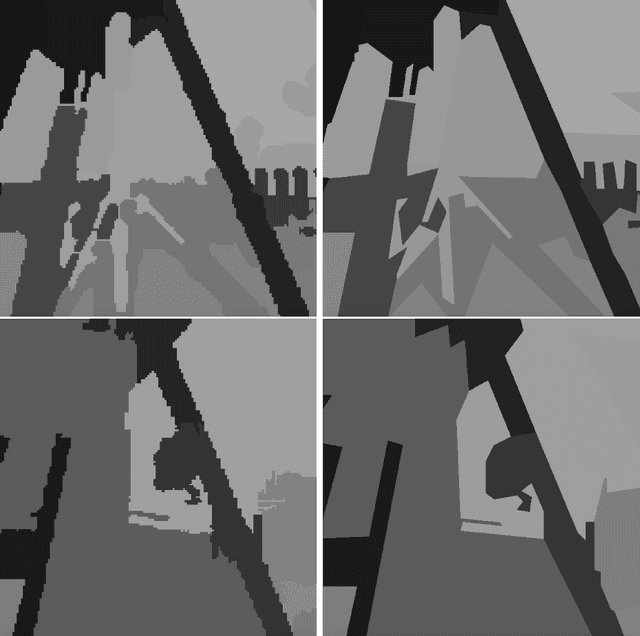


Abstract:The over-segmentation into superpixels is an important preprocessing step to smartly compress the input size and speed up higher level tasks. A superpixel was traditionally considered as a small cluster of square-based pixels that have similar color intensities and are closely located to each other. In this discrete model the boundaries of superpixels often have irregular zigzags consisting of horizontal or vertical edges from a given pixel grid. However digital images represent a continuous world, hence the following continuous model in the resolution-independent formulation can be more suitable for the reconstruction problem. Instead of uniting squares in a grid, a resolution-independent superpixel is defined as a polygon that has straight edges with any possible slope at subpixel resolution. The harder continuous version of the over-segmentation problem is to split an image into polygons and find a best (say, constant) color of each polygon so that the resulting colored mesh well approximates the given image. Such a mesh of polygons can be rendered at any higher resolution with all edges kept straight. We propose a fast conversion of any traditional superpixels into polygons and guarantees that their straight edges do not intersect. The meshes based on the superpixels SEEDS (Superpixels Extracted via Energy-Driven Sampling) and SLIC (Simple Linear Iterative Clustering) are compared with past meshes based on the Line Segment Detector. The experiments on the Berkeley Segmentation Database confirm that the new superpixels have more compact shapes than pixel-based superpixels.
Transfer Learning with Deep CNNs for Gender Recognition and Age Estimation
Nov 18, 2018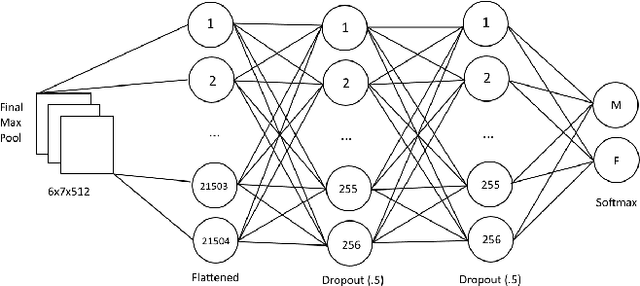



Abstract:In this project, competition-winning deep neural networks with pretrained weights are used for image-based gender recognition and age estimation. Transfer learning is explored using both VGG19 and VGGFace pretrained models by testing the effects of changes in various design schemes and training parameters in order to improve prediction accuracy. Training techniques such as input standardization, data augmentation, and label distribution age encoding are compared. Finally, a hierarchy of deep CNNs is tested that first classifies subjects by gender, and then uses separate male and female age models to predict age. A gender recognition accuracy of 98.7% and an MAE of 4.1 years is achieved. This paper shows that, with proper training techniques, good results can be obtained by retasking existing convolutional filters towards a new purpose.
 Add to Chrome
Add to Chrome Add to Firefox
Add to Firefox Add to Edge
Add to Edge